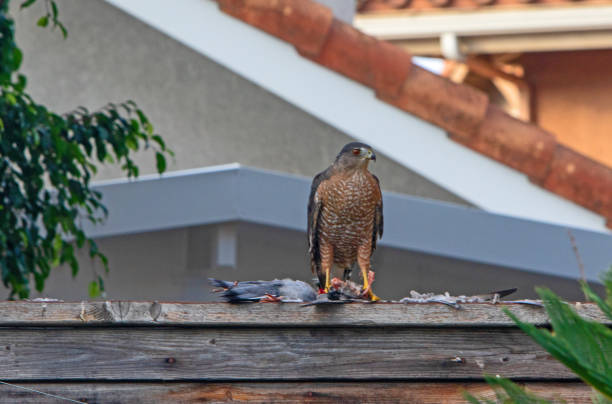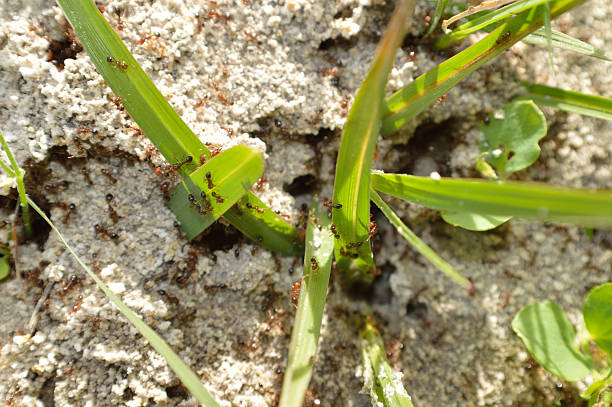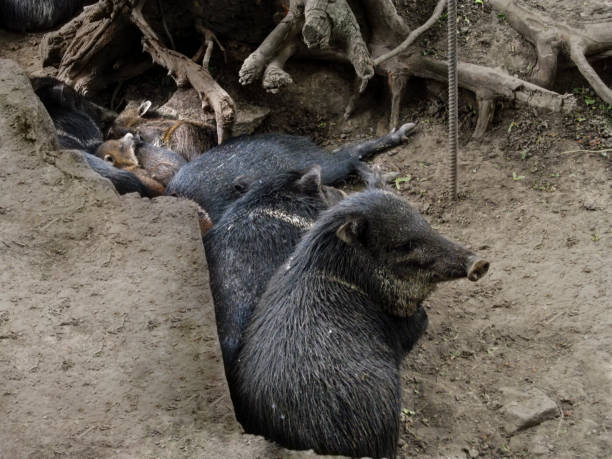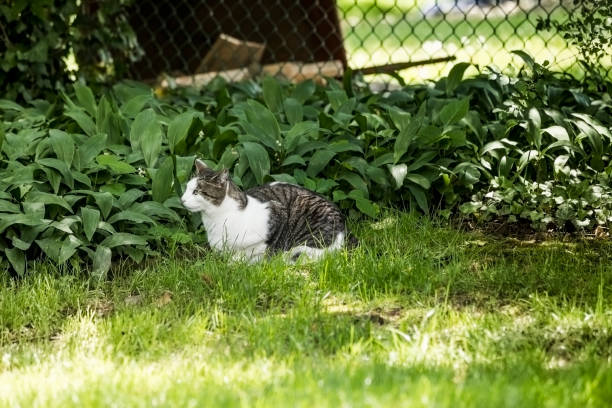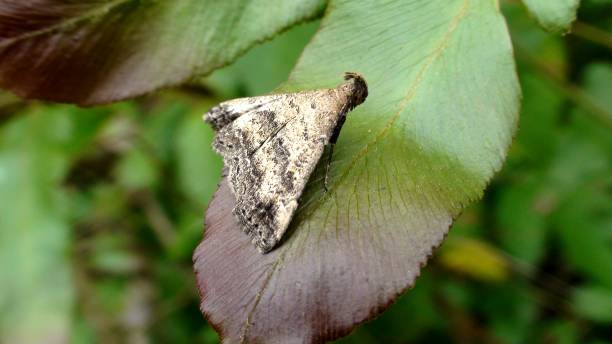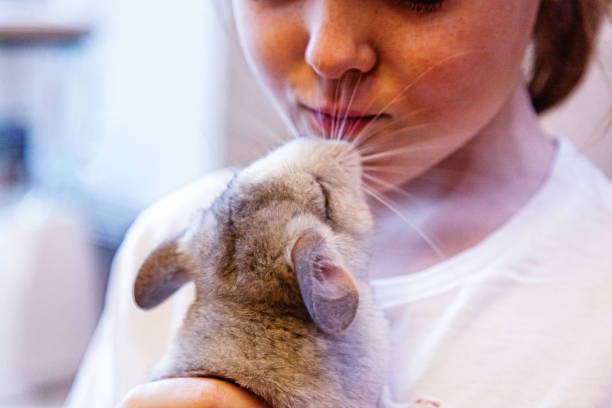How To Attract Hawks to Your Yard?
Hawks are magnificent birds of prey known for their soaring flights and keen hunting skills. Having hawks visit your yard can be a thrilling experience, providing an opportunity to observe these majestic creatures up close. Not only do hawks add a touch of wilderness to your surroundings, but they also contribute to the balance of the ecosystem by controlling rodent populations and other pests. In this article, we will explore various methods to attract hawks to your yard and create a welcoming environment for them.
Understanding Hawks
Hawks belong to the family Accipitridae and are characterized by their sharp beaks, powerful talons, and excellent vision. They come in different species, such as Red-tailed Hawks, Cooper’s Hawks, and Sharp-shinned Hawks, each with unique features and behaviors. By understanding these characteristics, you can better cater to their needs and preferences.
Benefits of Attracting Hawks to Your Yard
Attracting hawks to your yard offers numerous benefits. Hawks are skilled hunters and will help keep rodent populations under control, reducing the need for chemical pesticides. They also contribute to the overall biodiversity of your yard, creating a healthier and more balanced ecosystem. Additionally, the presence of hawks can deter smaller birds from raiding your feeders excessively, promoting a more natural feeding dynamic.
Creating a Hawk-Friendly Environment
To attract hawks, it is crucial to provide them with a suitable environment that meets their requirements. Here are some key considerations:
- Providing Suitable Habitat: Hawks prefer habitats with a mix of open spaces for hunting and perching sites for observation. A combination of tall trees and open fields can replicate their natural environment.
- Offering Food Sources: The availability of prey is vital to attract hawks. Encourage small mammals, such as mice and voles, by creating brush piles or leaving areas of tall grass. This will provide ample hunting opportunities for the hawks.
- Providing Nesting Sites: Hawks build nests in tall trees or on elevated platforms. Install tall perches or nesting platforms to attract them for breeding purposes. Ensure the structures are sturdy and safe.
- Offering Water Sources: Hawks need access to water for drinking and bathing. Consider installing a birdbath or shallow water feature to fulfill their water requirements.
Landscaping for Hawks
Landscaping your yard with hawks in mind can enhance their attraction. Here are some tips:
- Native Plants and Vegetation: Incorporate native plants and vegetation into your landscaping, as they attract a variety of insects and small mammals, which serve as food sources for hawks.
- Creating Open Spaces: Hawks need open spaces for hunting. Avoid overplanting and allow some areas of your yard to remain open and unobstructed.
- Installing Perches: Place tall, sturdy perches strategically around your yard. These perches provide hawks with vantage points for hunting and observing their surroundings.
- Reducing Pesticide Use: Minimize the use of chemical pesticides in your yard, as they can harm hawks and their prey. Opt for natural pest control methods or integrated pest management techniques.
Ensuring Safety for Hawks and Other Wildlife
While attracting hawks to your yard, it is essential to ensure their safety and the well-being of other wildlife. Consider the following:
- Avoiding Harmful Traps and Poisons: Refrain from using traps or poisons that can harm hawks or unintended targets. Choose humane and environmentally friendly alternatives when dealing with pest issues.
- Minimizing Window Collisions: Birds, including hawks, often collide with windows, mistaking them for open spaces. Apply window decals or use screens to reduce the risk of collisions.
Educating Yourself and Others
Expanding your knowledge about local hawk species and sharing it with others can contribute to their conservation. Consider these steps:
- Learning About Local Hawk Species: Familiarize yourself with the specific hawks found in your area. Understand their migration patterns, nesting habits, and dietary preferences to provide better support.
- Sharing Knowledge with Your Community: Educate your community about the importance of attracting hawks and the role they play in maintaining a healthy ecosystem. Encourage others to create hawk-friendly environments.
Conclusion
Attracting hawks to your yard requires creating a welcoming environment that caters to their needs. By providing suitable habitat, offering food sources, and ensuring safety, you can increase the chances of hawks visiting your yard regularly. Landscaping with native plants, minimizing pesticide use, and educating yourself and others about hawks can further enhance their attraction. Remember, attracting hawks not only adds beauty to your surroundings but also contributes to the overall ecological balance.
FAQs
How long does it take for hawks to visit a newly created habitat?
Hawks may start visiting a newly created habitat within a few weeks to several months, depending on the availability of food sources and suitable nesting sites. Patience is key when attracting hawks.
Can attracting hawks help control pests in my yard?
Yes, hawks are natural predators of rodents and other small mammals, which are often considered pests. By attracting hawks, you can benefit from their hunting skills and minimize the need for chemical pesticides.
Are there any legal considerations for attracting hawks?
It is essential to research and understand local regulations regarding the attraction and protection of birds of prey. In some regions, permits or licenses may be required. Consult local wildlife authorities for specific guidelines.
Should I be concerned about hawks preying on smaller birds in my yard?
While hawks primarily hunt small mammals, they may occasionally target smaller birds. However, the impact on the bird population is generally minimal and part of the natural food chain dynamics. Providing cover and suitable perching sites can help minimize potential conflicts.
What other wildlife might be attracted to a hawk-friendly yard?
Creating a hawk-friendly environment can attract a range of wildlife, including songbirds, beneficial insects, and pollinators. A diverse and balanced ecosystem fosters the presence of various species that contribute to the overall health of your yard.

